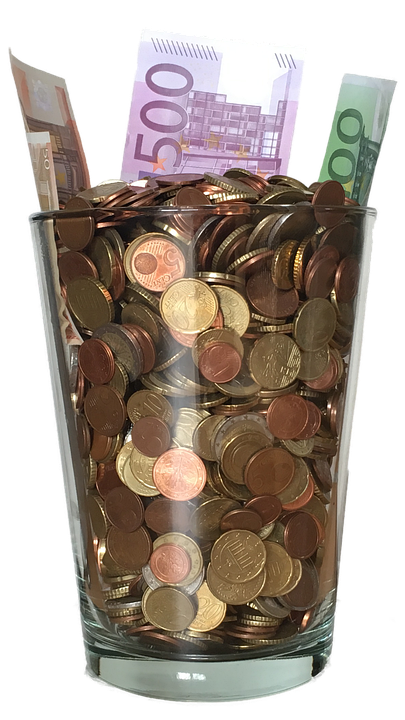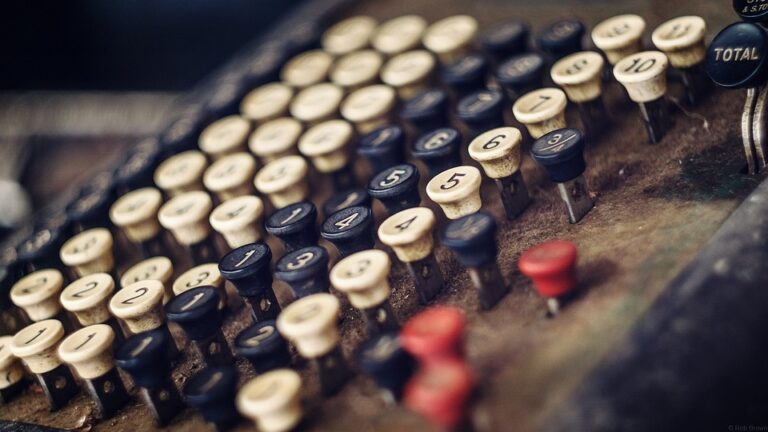Last updated Jul. 31, 2024 by Okechukwu Nkemdirim
An emergency fund is a financial safety net designed to cover unexpected expenses or financial emergencies, such as medical bills, car repairs, or sudden unemployment. The key to a successful emergency fund is keeping your money in a place that offers easy access and a reliable return, while also minimizing risk. In this extensive guide, we will explore some of the best places to keep your emergency fund to ensure it serves its purpose when you need it most.
1. High-Yield Savings Accounts
Why Choose High-Yield Savings Accounts?
High-yield savings accounts have become increasingly popular due to their competitive interest rates compared to traditional savings accounts. These accounts can offer interest rates significantly higher than the national average, providing a relatively safe and liquid place for your funds.
Benefits
- Liquidity: Easy access to your money when you need it.
- Interest Rates: Higher interest rates can help your emergency fund grow over time.
- FDIC Insured: Most high-yield savings accounts are insured by the FDIC up to $250,000, ensuring the safety of your funds.
Considerations
- Withdrawal Limits: Some accounts may limit the number of withdrawals you can make per month.
- Online-Only Banks: Many high-yield savings accounts are offered by online banks, which might not have physical branches.
2. Money Market Accounts
Why Choose Money Market Accounts?
Money market accounts are similar to high-yield savings accounts but may offer additional features like check-writing abilities and debit cards. They typically offer higher interest rates than traditional savings accounts but may require a higher minimum balance.
Benefits
- Liquidity: Provides easy access to your funds.
- Interest Rates: Generally higher than traditional savings accounts.
- Additional Features: Check-writing and debit card access for convenience.
Considerations
- Minimum Balance: May require a higher minimum balance to avoid fees.
- Withdrawal Limits: May limit the number of withdrawals per month.
3. Certificates of Deposit (CDs)
Why Choose Certificates of Deposit?
Certificates of Deposit (CDs) offer fixed interest rates for a specific term, ranging from a few months to several years. They are ideal for individuals who can commit to not accessing the funds for a certain period.
Benefits
- Fixed Interest Rates: Guaranteed returns over a specific term.
- FDIC Insured: Most CDs are insured by the FDIC up to $250,000.
Considerations
- Liquidity: Early withdrawal penalties can apply, making CDs less accessible in emergencies.
- Term Commitment: Your funds are locked in for a predetermined period.
4. Treasury Bills (T-Bills)
Why Choose Treasury Bills?
Treasury Bills (T-Bills) are short-term government securities with maturities ranging from a few days to one year. They are considered one of the safest investment options and are backed by the full faith and credit of the U.S. government.
Benefits
- Safety: One of the safest places to keep your money.
- Short-Term: Various maturities available, providing flexibility.
Considerations
- Interest Rates: Potentially lower returns compared to other options.
- Liquidity: Selling before maturity may involve some hassle.
5. Money Market Mutual Funds
Why Choose Money Market Mutual Funds?
Money market mutual funds invest in short-term, low-risk securities, offering higher returns than traditional savings accounts while maintaining liquidity. These funds are managed by professional financial advisors, which can be a convenient option for some investors.
Benefits
- Higher Returns: Potential for higher returns compared to traditional savings accounts.
- Liquidity: Typically allows easy access to funds.
Considerations
- Not FDIC Insured: Unlike savings accounts, money market mutual funds are not typically insured by the FDIC.
- Market Risk: Though low, they still carry some level of risk.
6. Roth IRA
Why Choose a Roth IRA?
While a Roth IRA is primarily a retirement account, it offers flexibility in how funds can be withdrawn. Contributions (but not earnings) can be withdrawn at any time without penalty, making it a dual-purpose option for those who are disciplined in their savings approach.
Benefits
- Tax Benefits: Contributions grow tax-free.
- Flexibility: Contributions can be withdrawn without penalty, though earnings are subject to rules.
Considerations
- Contribution Limits: Annual contribution limits apply.
- Long-Term Goal: Primarily designed for retirement, not ideal for immediate liquidity.
7. A Combination Approach
Why Choose a Combination Approach?
Diversifying where you keep your emergency fund can be advantageous. By splitting your funds across different accounts and investment vehicles, you can balance liquidity, safety, and returns.
Benefits
- Diversification: Reduces risk by not relying on a single account or investment.
- Flexibility: Provides immediate access to some funds while allowing other portions to grow.
Considerations
- Complexity: Managing multiple accounts can be more complex.
- Minimum Balances: Different accounts may require varying minimum balances.
✓ Short Answer
A high-yield savings account is one of the best places to keep your emergency fund due to its higher interest rates and easy access. Money market accounts and CDs also offer good options, with varying levels of accessibility and returns. T-bills and money market mutual funds provide additional security and liquidity. A combination approach can enhance flexibility and reduce risk.
What Is the Ideal Size of an Emergency Fund?
The general rule of thumb is to save three to six months’ worth of living expenses in your emergency fund. However, this can vary based on individual circumstances, job stability, and personal comfort levels.
How Quickly Should I Aim to Build My Emergency Fund?
Building an emergency fund can be a gradual process. Start by setting a goal to save an initial $1,000, and then gradually increase it until you reach three to six months’ worth of living expenses.
Can I Use My Emergency Fund for Non-Emergencies?
An emergency fund should be reserved strictly for true emergencies like unforeseen medical expenses, car repairs, or unemployment. Using it for non-emergencies can leave you vulnerable in case of an actual crisis.
Are There Risks of Keeping My Emergency Fund in Investment Accounts?
Investment accounts, while offering higher returns, come with risks such as market volatility. It’s crucial to balance the need for liquidity and safety with the potential for higher returns when choosing where to keep your emergency fund.
How Often Should I Reassess My Emergency Fund?
It’s a good practice to reassess your emergency fund at least once a year or whenever you experience significant life changes, such as a new job, marriage, or having children. This ensures that the amount you have saved is still adequate and appropriately allocated.
Can I Use a Roth IRA as an Emergency Fund?
Yes, while a Roth IRA is a retirement account, contributions (but not earnings) can be withdrawn without penalty. This makes it a flexible option for those who can manage it as both an emergency fund and a retirement savings account.
What Are the Tax Implications of My Emergency Fund?
High-yield savings accounts, money market accounts, and CDs typically generate interest, which is subject to federal and state income taxes. Be sure to account for these tax implications when managing your emergency fund.
Can I Mix and Match Different Places to Keep My Emergency Fund?
Absolutely. A combination approach allows you to diversify your emergency fund across different accounts, offering a mix of liquidity, safety, and returns. This strategy can be beneficial in managing risk and accessibility effectively.
Keeping your emergency fund in the right place can make all the difference when facing unexpected financial challenges. By considering the options available and tailoring your approach to your individual needs, you can ensure your emergency fund is both accessible and growing over time.





